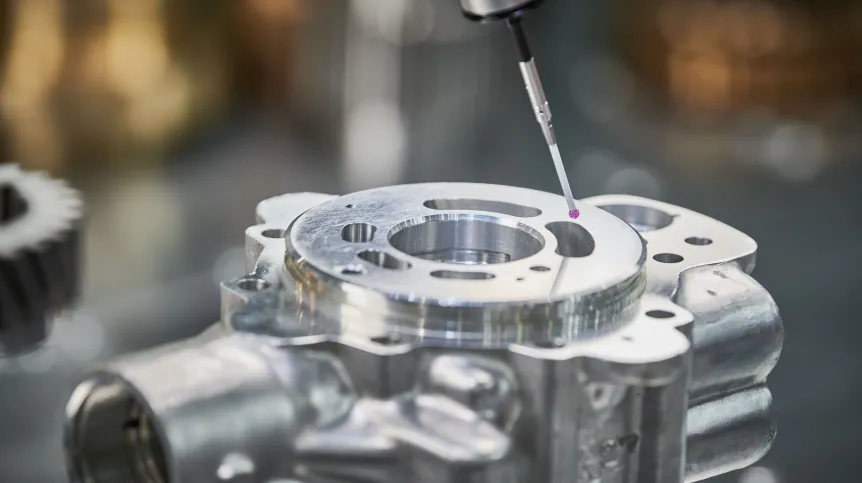
Scientists of several Polish technical universities are investigating the possibility of generating surfaces as part of the Polish Metrology programme. Professor Grzegorz Królczyk from the Opole University of Technology told PAP that their research results would allow Polish companies to compete in the global market.
Metrology is the scientific study of measurement, including properties of materials, measuring instruments and determining units of measure. Last autumn, eight Polish universities formed the Polish Metrological Union, focusing on cooperation with industry and business environment. One of them is the Opole University of Technology.
Vice-Rector of the Opole University of Technology Professor Grzegorz Królczyk is a member of the Metrology Council at the President of the Central Office of Measures. In an interview with PAP, he said that although metrology in Poland is at a high level, the projects related to it have so far had a problem with securing financing. In his opinion, the situation has improved in recent months, also due to support from the Ministry of Education and Science. An example is a PLN one million metrology grant awarded last week to the Opole University of Technology by the Minister of Education and Science Przemysław Czarnek.
Professor Królczyk said: “The main task of the Polish Metrology programme supported by the Ministry of Education and Science is to develop this area of science, and indirectly increase the quality of produced components so that Polish companies can compete in the global market.
“The programme is also intended to consolidate the metrology community in Poland. As part of the programme, we received funds for two grants. In the first of them, concerning functional surface analysis in mechanical engineering, we are the leader. In the second grant concerning the metrology of the surface unevenness in addictive methods, the leader is the Poznań University of Technology, while the Opole University of Technology and the Rzeszów University of Technology are consortium members.”
He added that in both projects scientists will generate surfaces in various manufacturing processes.
"These are typical manufacturing processes or incremental methods, to put it simply - we are talking about surface printing. We analyse and design the further use of these surfaces. We check how to create a surface that can be used for further operation in different conditions,” he said.
The professor added: “Often there are questions whether the surface should have a high or low roughness? There is no single answer. In certain applications we need less roughness, where small friction is needed, in other applications we need high friction. Some surfaces are in contact, for example, via a bearing, a PTFE slide or a rubber oring. A more rough surface is also a place for a lubricating substance. That is what designing the right surface depends on so that it can continue to reliably function in a given application.”
The results of the work of scientists will be used in various industries, primarily automotive, aviation, metal industries, but also wherever there are applications at the contact of different surfaces - in various types of machines and devices used in virtually every industry. (PAP)
author: Marek Szczepanik
masz/ par/ kap/
tr. RL













